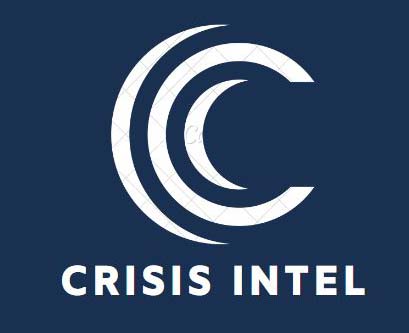Understanding Business
Continuity
Importance of Business Continuity Management:
- Exploring the significance of business continuity management in ensuring the resilience and survival of organizations in the face of disruptions and disasters.
- Highlighting the potential impacts of disruptions on business operations, including financial losses, reputational damage, customer dissatisfaction, and regulatory non-compliance.
- Discussing the role of business continuity in maintaining operational stability, protecting employees and stakeholders, and ensuring the organization’s long-term viability.


Components of Business Continuity:
- Discussing the key elements of business continuity that contribute to its effectiveness and comprehensiveness.
- Risk Assessment: Exploring the process of identifying and assessing risks and vulnerabilities that could disrupt critical business functions and processes.
- Planning: Highlighting the development of strategies, policies, and procedures to mitigate risks, ensure business resilience, and guide response and recovery efforts.
- Response: Discussing the actions and measures to be taken during and immediately after a disruption to minimize its impact and maintain essential business operations.
- Recovery: Exploring the steps and processes involved in restoring critical business functions and returning to normal operations.
- Restoration: Highlighting the activities and considerations for fully restoring operations, including addressing residual effects, evaluating lessons learned, and implementing improvements.
Business Continuity Lifecycle:
- Explaining the cyclical nature of business continuity and its continuous improvement process.
- Initial Planning: Discussing the initiation of business continuity efforts, including establishing the business continuity team, defining goals and objectives, and securing leadership commitment.
- Implementation: Highlighting the execution of business continuity plans, including risk assessments, plan development, employee training, and integration of business continuity into standard operating procedures.
- Maintenance and Testing: Discussing the ongoing maintenance of business continuity plans, including regular updates, reviews, and testing to ensure their effectiveness and alignment with changing business needs and risks.
- Improvement: Exploring the process of capturing lessons learned, conducting post-incident reviews, and implementing improvements to enhance the organization’s resilience and response capabilities.

